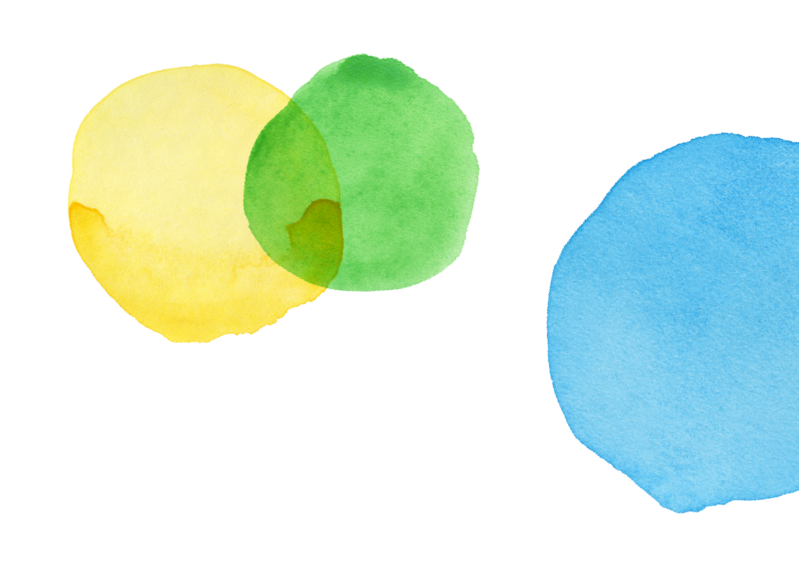Grade 3 - Claim 1 - Target 2

 Back to Results
Back to ResultsEnglish Language Arts
Target 2
Central Ideas
Sample Item
Grade 3Test
Claim 1
Reading
Standards
RL-1
Ask and answer questions to demonstrate understanding of a text, referring explicitly to the text as...
RL-2
Recount stories, including fables, folktales, and myths from diverse cultures; determine the central message, lesson, or...
Clarifications
Items may assess any central message/main idea, lesson, or moral in the text. Items may assess the key details in the text that support a central idea/main idea, lesson or moral. All items should require students...
Range Achievement Level Descriptors
Evidence Required
1
The student will determine a central message/main idea, lesson or moral of a text using supporting evidence.
Item Guidelines

Depth of Knowledge
R-DOK2
Level 2 includes the engagement of some mental processing beyond recalling or reproducing a response; it requires both comprehension and subsequent processing of text or portions of text. Intersentence analysis of inference is required. Some important concepts are covered but...
R-DOK3
Deep knowledge becomes more of a focus at Level 3. Students are encouraged to go beyond the text; however, they are still required to show understanding of the ideas in the text. Students may be encouraged to explain, generalize, or...
Allowable Item Types
- Multiple Choice, single correct response
- Evidence-based Select Response, two-part multiple choice response (EBSR);
- Hot Text, select text
- Hot Text, reorder text (RE)
- Short Text, constructed response (WR)
Stimuli
Passages
Texts will develop one or more central messages/main idea, lessons or morals.
Refer to Smarter Balanced Assessment Consortium: English Language Arts & Literacy Computer Adaptive Test (CAT) and Performance Task (PT) Stimulus Specifications for more information on literary text types.Dual-Text Stimuli
When a dual-text set contains one literary and one informational text, the literary text (text #1) is the primary focus, and the set of items must include items from the literary stimulus as well as items written across both...
Accessibility
Refer to the Smarter Balanced Assessment Consortium: Usability, Accessibility, and Accommodations Guidelines for information on accessibility.


Task Models
Task Model 1

Item Types
Multiple Choice, single correct responseDepth of Knowledge
R-DOK2
Target Evidence Statement
The student will determine a central message/main idea, lesson or moral of a text using supporting evidence.
Task Description
The item stem will pose a question that requires the student to identify a central message/main idea, lesson or moral, or to identify how key details are conveyed in a text. The answer choices will...
Appropriate Stems
Which sentence best [tells/shows/describes] the [main idea/lesson/moral] of the passage? What is the [main idea/lesson/moral] of the passage? Which sentence best [tells/shows/describes] the [main idea/lesson/moral] [the narrator/character’s name] learns in the passage? Which sentence best [tells/shows/describes] [the...
Appropriate Stems for Dual-Stimuli
What message can be found in both [title text #1] and [title text #2]? NOTE: This stem can only be used with two literary passages. What main idea from [title text #1] is made more...
Scoring Rules
Correct response: 1 point; Incorrect response: 0 points

